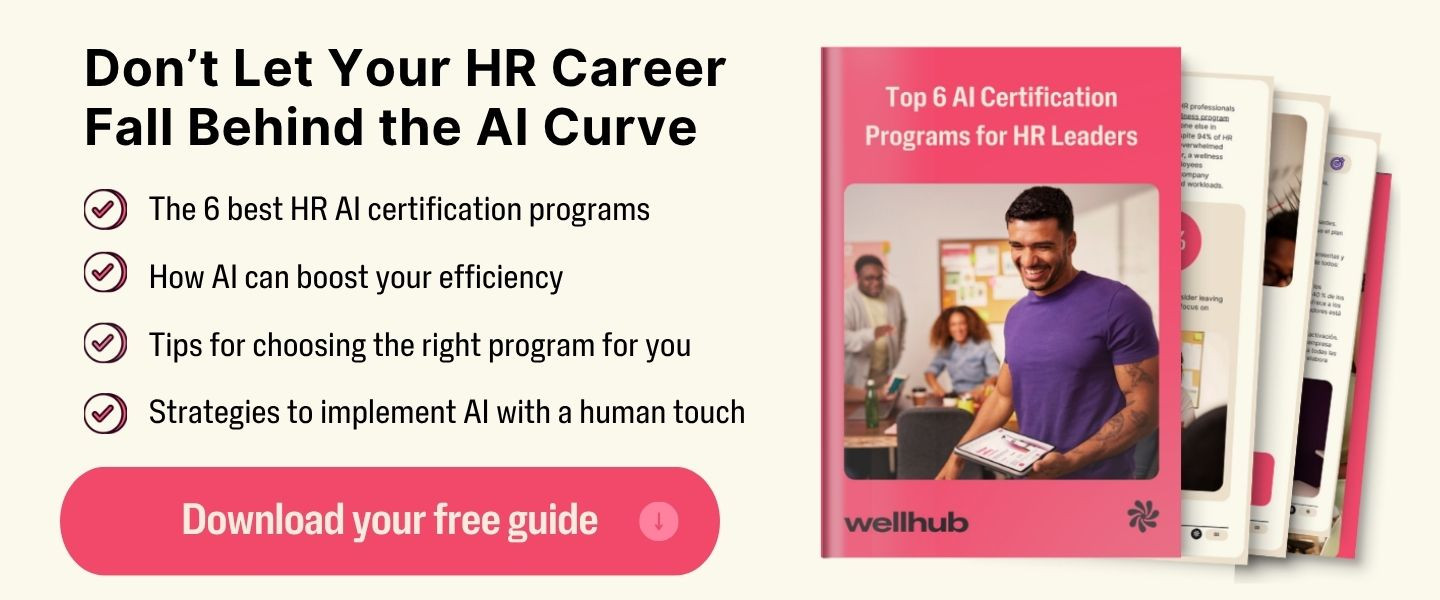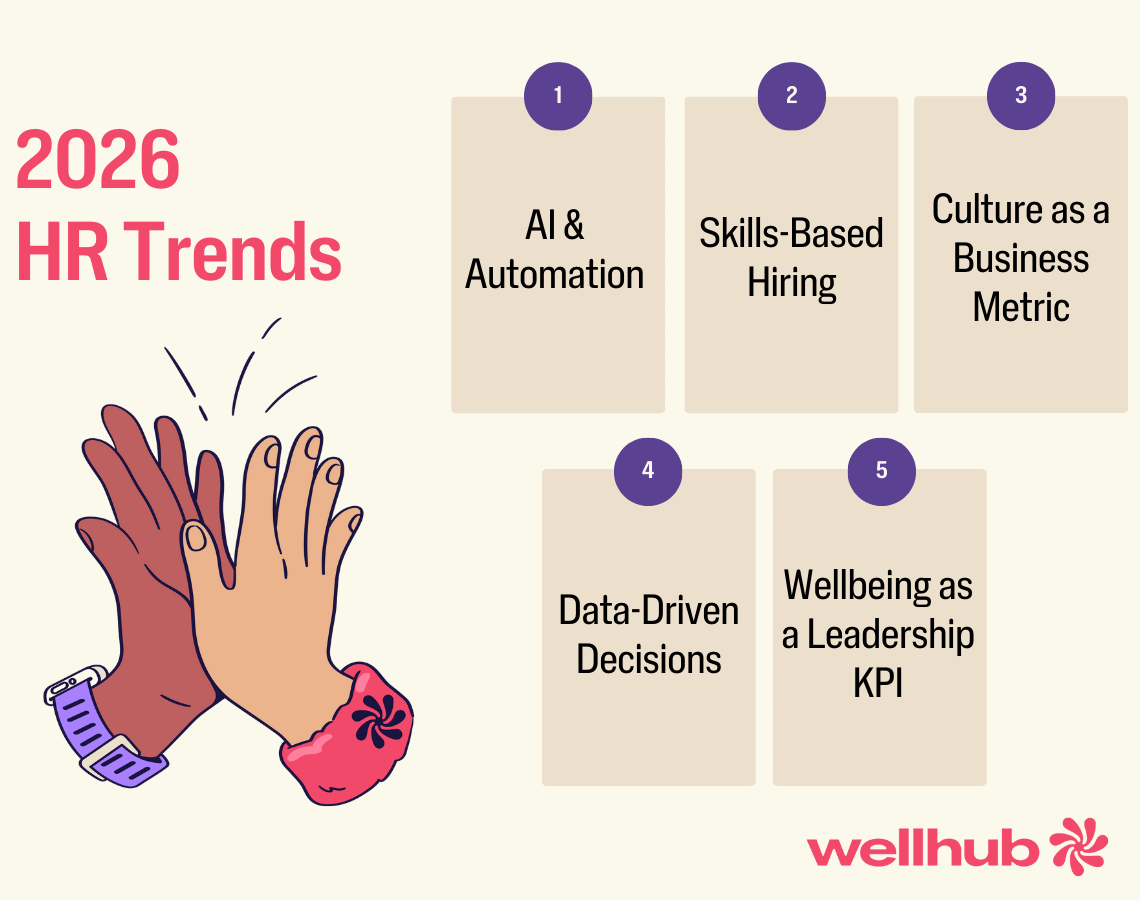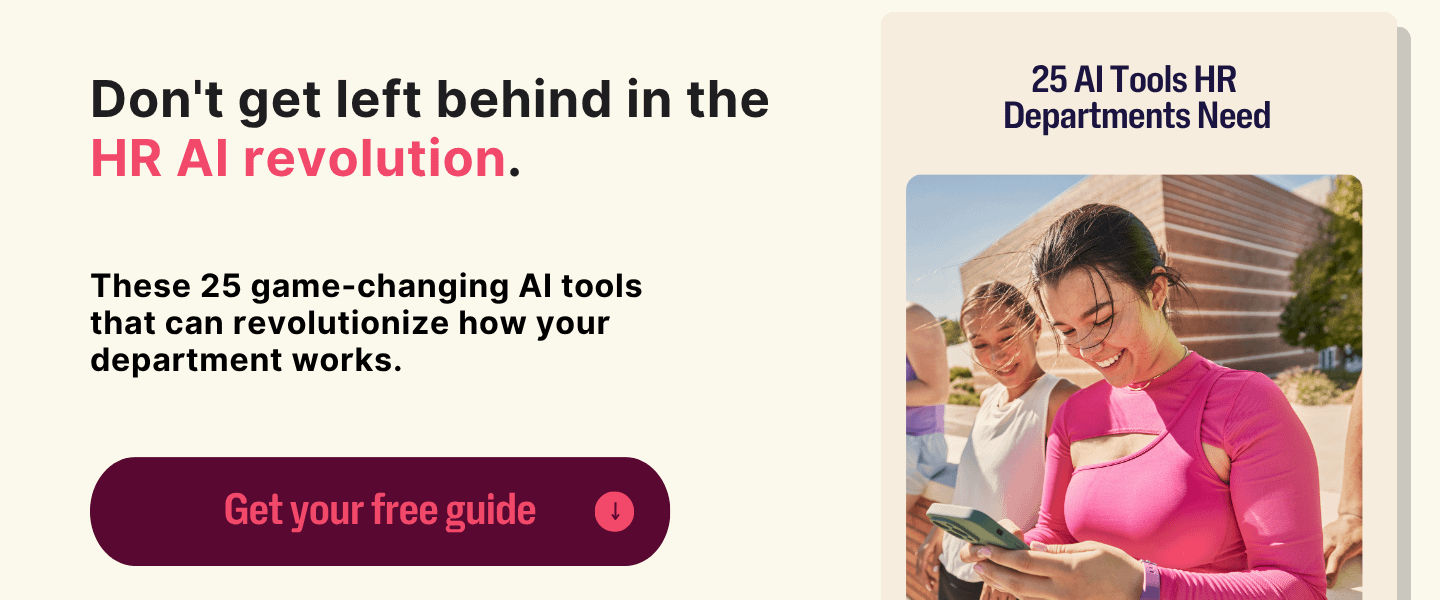5 HR Trends Transforming People Strategy in 2026
Last Updated Dec 3, 2025

Key Takeaways
- AI is becoming the backbone of HR, shifting teams from manual workflows to strategic leadership. As automation takes over tasks like resume screening, sentiment analysis, and onboarding personalization, HR gains more time and better insights to guide culture and talent decisions. This shift helps people leaders operate with stronger data, clearer priorities, and more human-centered impact.
- Skills-based hiring is replacing credential-focused recruiting, opening access to talent that was previously overlooked. By prioritizing measurable capabilities over degrees, companies reduce bias, improve internal mobility, and respond faster to changing business needs. This approach reshapes job design, coaching, and learning so organizations can grow talent more intentionally.
- Belonging is now a measurable business metric, redefining how organizations understand culture. Companies are tracking inclusion, trust, and psychological safety with the same rigor as financial KPIs because these metrics directly affect retention and performance. As hybrid work expands, leaders must invest in systems and rituals that keep employees connected, supported, and seen.
- Real-time people data is transforming HR into a predictive, high-impact strategic function. Unified analytics platforms now forecast turnover, burnout, and talent needs, helping organizations act early instead of reacting late. This data-driven shift streamlines decisions across hiring, development, and wellbeing, ultimately elevating HR’s influence on business outcomes.
- Wellbeing has become a core leadership competency, not an optional benefit. Organizations are training leaders to spot burnout, model healthy boundaries, and build team systems that support long-term resilience. With most employees willing to leave companies that neglect wellbeing, leaders who prioritize it are driving stronger performance, loyalty, and culture.
HR is moving fast in 2026.
AI is now part of the core HR stack. Skills-based hiring is the new standard. Culture and belonging are tracked with the same precision as revenue. Real-time data is driving sharper decisions. And wellbeing is baked into leadership development.
These aren’t future predictions. They’re the priorities shaping today’s most effective HR teams.
Each trend brings new ways to lead, support, and build stronger organizations. And they all point in the same direction—people-first, insight-driven, and built for long-term impact.
Explore the five trends transforming HR and walk away with practical steps you can use to strengthen your strategy right now.

Trend 1: AI & Automation Become Central to HR
Think about the last time you manually reviewed a stack of resumes. Or pieced together performance data from three different platforms. In 2026, that kind of work is quickly becoming history.
AI and automation aren’t just tools for HR — they’re core infrastructure.
From candidate screening to personalized onboarding journeys, AI is powering faster, smarter, and more equitable decisions. Automations are shaving hours off HR workloads, giving people leaders more time to focus on strategy, culture, and connection.
In fact, more organizations are embedding AI directly into their HR operating model. Predictive analytics can now flag high flight-risk employees before they disengage. Chatbots handle routine questions around benefits. And generative AI is being used to write job descriptions tailored to talent personas and DEI goals.
Let’s break it down:
HR Function | How AI Is Transforming It |
| Recruiting | AI tools screen resumes, schedule interviews, and assess candidates with structured scoring |
| Performance Management | Predictive analytics flag burnout, flight risk, and coaching opportunities |
| Onboarding & Learning | Personalized, skills-based learning paths are generated in real time |
| Employee Experience | Chatbots, nudges, and sentiment analysis keep employees supported and heard |
Why it matters: These tools don’t just make work easier. They help HR leaders become more strategic. You’re no longer stuck in the weeds — you’re steering the ship with sharper data and more time to lead.
Action step: Start with an automation audit. Where is your HR team still bogged down in manual work? From there, identify which AI-powered tools can relieve those pain points — and where human judgment still needs to lead the way.
Remember: The goal isn’t to replace the human side of HR. It’s to amplify it.
Trend 2: Skills-Based Hiring Goes Mainstream
For decades, HR leaders have prioritized degrees and titles. But in 2026? It’s all about skills, adaptability, and potential.
By prioritizing capabilities over credentials, companies are tapping into more diverse talent pools, reducing bias in hiring, and unlocking internal mobility like never before. It’s a win-win: candidates are evaluated on what they can do, and organizations get the agility they need to thrive.
Let’s say it louder for the people in the back: job descriptions are evolving. Requirements like “Bachelor’s degree required” are being swapped for clear, measurable competencies. And that shift is driving smarter talent acquisition and retention.
Why it’s taking off now:
- Skills data is more accessible than ever
- AI tools can assess, sort, and match based on skills
- Upskilling and internal mobility are urgent priorities in a tight labor market
And this trend isn’t just about hiring. It’s reshaping how we grow talent:
Skills-Based Practice | Why It Matters |
| Microlearning | Supports on-demand upskilling tied to business needs |
| Personalized Coaching | Helps employees develop high-priority, role-relevant skills |
| Internal Mobility Mapping | Encourages movement between departments and roles based on capabilities, not tenure |
Action step: Start building your organization’s skills taxonomy. Map current roles to the skills that matter most today — and tomorrow. Then, review your job postings, promotion criteria, and learning programs. Are they aligned?
When you center skills, you open doors — not just for candidates, but for your entire organization.

Trend 3: Culture and Belonging Become Critical Business Metrics
As hybrid and distributed work continue to reshape how people connect, organizations are facing a new challenge: culture atrophy. Without proactive effort, relationships fray. Inclusion fades. And trust erodes.
That’s why companies are now investing in systems that track belonging just like they track revenue. From inclusion index scores to team-level trust metrics, culture has become quantifiable — and directly tied to outcomes like retention, performance, and innovation.
Here’s why this matters: Only 17% of employees strongly agree that wellness is ingrained in their company’s culture
And yet — when employees do feel a sense of belonging? They’re 56% more likely to feel connected during shared wellness activities, and 83% more likely to participate in programs when there's a team element involved.
This is a wake-up call. Especially as Gen Z and younger Millennials increasingly prioritize inclusive, mission-driven cultures when choosing where to work.
What CHROs are measuring in 2026:
Metric | What It Measures | Why It Matters |
| Inclusion Index | Employees' sense of belonging and fairness | Predicts retention, psychological safety |
| Trust Scores | Confidence in leadership and peers | Correlates with performance and engagement |
| DEI Retention | Retention rates for underrepresented groups | Measures inclusion beyond hiring |
| Culture Pulse Surveys | Real-time cultural sentiment | Identifies areas for immediate improvement |
Action step: Start with your baseline. Run an inclusion audit and ask: who feels connected, safe, and seen at work — and who doesn’t? From there, build programming that strengthens community, celebrates identity, and embeds wellbeing into your everyday culture.
Because when employees feel like they belong, everything improves — from innovation to morale to the bottom line.
Trend 4: Data-Driven Decisions Redefine HR Strategy
Gone are the days of reactive HR. In 2026, the best people leaders are acting on real-time data — not gut feelings.
With the rise of predictive analytics and unified data platforms, HR departments are making sharper, faster decisions across the employee lifecycle. And it’s changing everything from hiring timelines to retention strategies.
Here’s what’s new: Today’s top HR teams don’t just track metrics. They model outcomes.
- Who’s likely to churn in the next 60 days?
- Which teams are at risk of burnout?
- Where should you invest next in leadership development?
These answers aren’t speculative anymore. They’re available — if you have the right tools.
And the impact? Game-changing:
Analytics Tool | Strategic Use | Business Value |
| Turnover Predictors | Identifies flight risks early | Reduces attrition and hiring costs |
| DEI Dashboards | Monitors equity by team, level, and tenure | Promotes fairness and transparency |
| Workforce Planning Models | Forecasts talent needs based on business goals | Improves resource allocation |
| Sentiment Analysis | Captures employee feedback in real time | Boosts engagement and experience |
CHROs are leaning into data like never before — and it’s paying off.
According to the Wellhub State of Work-Life Wellness 2026 report, 89% of employees say they perform better when they prioritize their wellbeing — and predictive data helps employers enable that priority, not just promote it.
Action step: Audit your existing people data. Is it siloed across systems? If yes, you’re not alone — but it’s time to unify. Choose one people analytics platform that integrates easily across payroll, engagement, performance, and DEI tools.
This shift elevates HR’s role as a business-critical function.

Trend 5: Wellbeing Becomes a Leadership KPI
In 2026, leadership isn’t just about hitting revenue goals or managing teams. It’s about modeling resilience — and owning wellbeing outcomes.
Wellbeing is no longer a perk. It’s a leadership competency. And organizations are baking it into their development programs, performance reviews, and succession plans.
Why? Because the data is clear:
- 89% of employees say they perform better when they prioritize their wellbeing
- 85% would consider leaving a company that doesn’t prioritize it
- And only 61% of employees with wellness programs rate their wellbeing as “good or thriving” — compared to just 40% without
This means HR leaders are redefining how leadership is developed:
New Leadership Focus | What It Looks Like |
| Modular Development | Bite-sized learning tied to skills and wellbeing |
| Peer-Led Learning | Employees learning from each other, not just execs |
| Wellbeing Literacy | Teaching managers how to spot burnout and respond with empathy |
| Role Modeling | Leaders setting visible boundaries, using wellness benefits, encouraging rest |
Burnout isn’t a worker problem — it’s a system problem. And today’s most effective leaders are trained to build systems that support people.
Action step: Review your leadership training tracks. Do they cover topics like psychological safety, emotional intelligence, or energy management? If not, now’s the time to embed them.
The strongest leaders of 2026 are the ones helping their teams feel well, do well, and stay well.
Future-Ready HR Starts With Wellbeing
AI tools, skills-based hiring, cultural connection, predictive analytics, and wellbeing-focused leadership are reshaping HR. But these trends all spotlight the same challenge: HR leaders need systems that support people holistically — not just processes that run efficiently.
That’s where an employee wellbeing program can make a real difference. Wellhub helps companies reduce burnout, boost engagement, and foster a culture of belonging — all while improving performance. In fact, 89% of employees say they perform better when they prioritize their wellbeing, and Wellhub gives them the tools to do exactly that.
Speak with a Wellhub sales representative to future-proof your people strategy and meet the evolving needs of your workforce.

Company healthcare costs drop by up to 35% with Wellhub*
See how we can help you reduce your healthcare spending.
[*] Based on proprietary research comparing healthcare costs of active Wellhub users to non-users.
Category
Share

The Wellhub Editorial Team empowers HR leaders to support worker wellbeing. Our original research, trend analyses, and helpful how-tos provide the tools they need to improve workforce wellness in today's fast-shifting professional landscape.
Subscribe
Our weekly newsletter is your source of education and inspiration to help you create a corporate wellness program that actually matters.
Subscribe
Our weekly newsletter is your source of education and inspiration to help you create a corporate wellness program that actually matters.
You May Also Like

What Is Human Resources Responsible For? | Wellhub
Explore what HR does—from hiring and benefits to employee relations, training, and wellbeing—with common job titles and team structure explained.

8 Most Common HR Complaints & How to Handle Them | Wellhub
Get ahead of employee HR complaints. Here are the eight most common complaints and how to handle them.

HR Coaching: A Complete Guide to Transforming Your Workplace | Wellhub
Implement HR coaching to elevate your organization with these expert strategies to developing your internal talent with the right coach.